Are you tired of watching your buddies drive the ball past you on the golf course? If so, you’re not alone! Many golfers yearn to hit their drives farther, and while there’s no magic fix, several techniques can help improve your distance. In this article, we’ll dive deep into the golf swing, equipment optimization, and conditioning tips to help you send your driver flying down the fairway.
Understanding the Basics of Distance
To maximize your driving distance, you first need to understand a few basic principles of physics and biomechanics.
Key Elements that Affect Distance
- Swing Speed: The faster your clubhead moves at impact, the farther the ball will travel.
- Angle of Attack: This refers to the upward or downward angle at which the clubhead strikes the ball.
- Clubface Angle: The angle of the clubface at impact can significantly influence direction and distance.
- Ball Position: The position of the ball in your stance can affect your angle of attack.
1. Optimize Your Equipment
Get Fit for Your Driver
Using the right driver can drastically affect your performance. Here’s what to consider:
- Loft: Higher lofts might help you get the ball airborne more quickly.
- Shaft Flex: A shaft that’s too stiff can hinder your swing speed, while one that’s too flexible can decrease accuracy.
- Driver Weight: Heavier drivers can produce more energy transfer, while lighter ones can help increase swing speed.
If you’re serious about improving your distance, getting a professional fitting may be worthwhile.
Recommended Drivers for Distance
| Driver Model | Loft Range | Flex Options | Notable Feature |
|---|---|---|---|
| TaylorMade SIM2 | 8° – 12° | Regular, Stiff, Extra Stiff | Speed Injected Twist Face |
| Callaway Epic Speed | 9° – 12° | Regular, Stiff, Extra Stiff | AI-designed Flash Face |
| Ping G425 | 9° – 12° | Regular, Stiff | High MOI for forgiveness |
2. Improve Your Swing Mechanics
Focus on Your Grip
Your grip plays a pivotal role in how effectively you can control your driver.
- Neutral Grip: Hold the club so that you can see two to three knuckles on your left hand (for right-handed golfers).
- Grip Pressure: Maintain a light grip to allow for more clubhead speed.
Perfect Your Stance
Your stance sets the foundation for your swing.
- Shoulder Width: Stand with your feet shoulder-width apart.
- Ball Position: Place the ball just inside your front heel to promote an upward strike.
Work on Your Backswing
- Full Rotation: Make a complete shoulder turn to generate maximum power.
- Maintain Posture: Avoid rising up, which can lead to inconsistencies.
Master Your Downswing
- Hip Rotation: Start your downswing with your hips, not your arms.
- Lag: Maintain the angle between your lead arm and the clubhead until just before impact.
3. Practicing Your Distance
Use the Right Drills
Incorporate specific drills into your routine to enhance your performance.
- Weighted Club Drill: Practice swinging a weighted club to build strength.
- Impact Bag Drill: Use an impact bag to focus on solid contact.
- Swing Speed Radar: This tool can help you measure your swing speed and track improvement.
Consistency Over Power
Focus on achieving a repeatable swing before trying to hit the ball farther.
4. Strength and Conditioning
Build Core Strength
A strong core allows for better stability and increased swing speed.
Exercises to Consider:
- Planks
- Russian twists
- Medicine ball rotations
Flexibility and Mobility
Incorporate stretches into your routine to maintain flexibility.
Recommended Stretches:
- Torso rotation stretch
- Shoulder stretch
- Hip flexor stretch
5. Mental Game
The right mindset can lead to better performance on the course.
Visualization Techniques
Before hitting a drive, visualize the shot you want to take. Picture the trajectory and where you want the ball to land.
Stay Relaxed
Tension in the body can lead to a poor swing. Take a few deep breaths before each shot.
Conclusion
Increasing your driving distance isn’t just about brute force; it’s an interplay of technique, equipment, fitness, and mental approach. By focusing on these key areas, you can significantly improve how far you drive the ball.
Key Takeaways
- Optimize your equipment: Make sure your driver fits your swing style.
- Focus on better swing mechanics: Enhance grip, stance, and swing motion.
- Practice with purpose: Use specific drills and tools like a swing radar.
- Incorporate strength and flexibility training: A strong core and flexible muscles are crucial.
- Put your mind in the game: Visualization and relaxation techniques can improve performance.
Frequently Asked Questions (FAQs)
1. How can I determine if I need a new driver?
Check for signs of wear and tear on your current driver. If it’s over five years old, or if your swing has changed, consider getting fitted for a new one.
2. What’s the best way to practice my driver swing?
Use a mix of range time and drills, focusing on improving your swing mechanics and speed.
3. Do heavier drivers help with distance?
It depends on the golfer’s strength and swing style. Heavier drivers can aid in energy transfer, but they may also slow down your swing speed.
4. How important is my stance for distance?
A proper stance helps in generating power and maintaining balance, making it crucial for hitting longer drives.
5. Can my fitness level really affect my drive?
Absolutely! Swing power is generated from your core and lower body strength, so fitness plays a big role.
6. Should I change my grip?
If you struggle with slice or hook, adjusting your grip may be beneficial. A neutral grip helps in promoting a straighter shot.
7. Are there any specific drills for increasing swing speed?
Yes! Drills like swinging with a weighted club or using resistance bands can effectively build swing speed.
8. What common mistakes do golfers make with their driver?
Common mistakes include improper grip, poor setup, and not following through.
9. How does the weather affect driver distance?
Cold weather can reduce distance due to denser air, while warm, humid conditions can enhance it.
10. How often should I practice to see improvement?
Aim for at least 2-3 practice sessions per week, balancing between technique work and fitness training.
Armed with this guide, you’re now ready to optimize your game and add distance to your drives. Remember, improvement takes time and consistency, but with these tips, you’ll be on your way to outperforming your buddies in no time! Happy swinging!
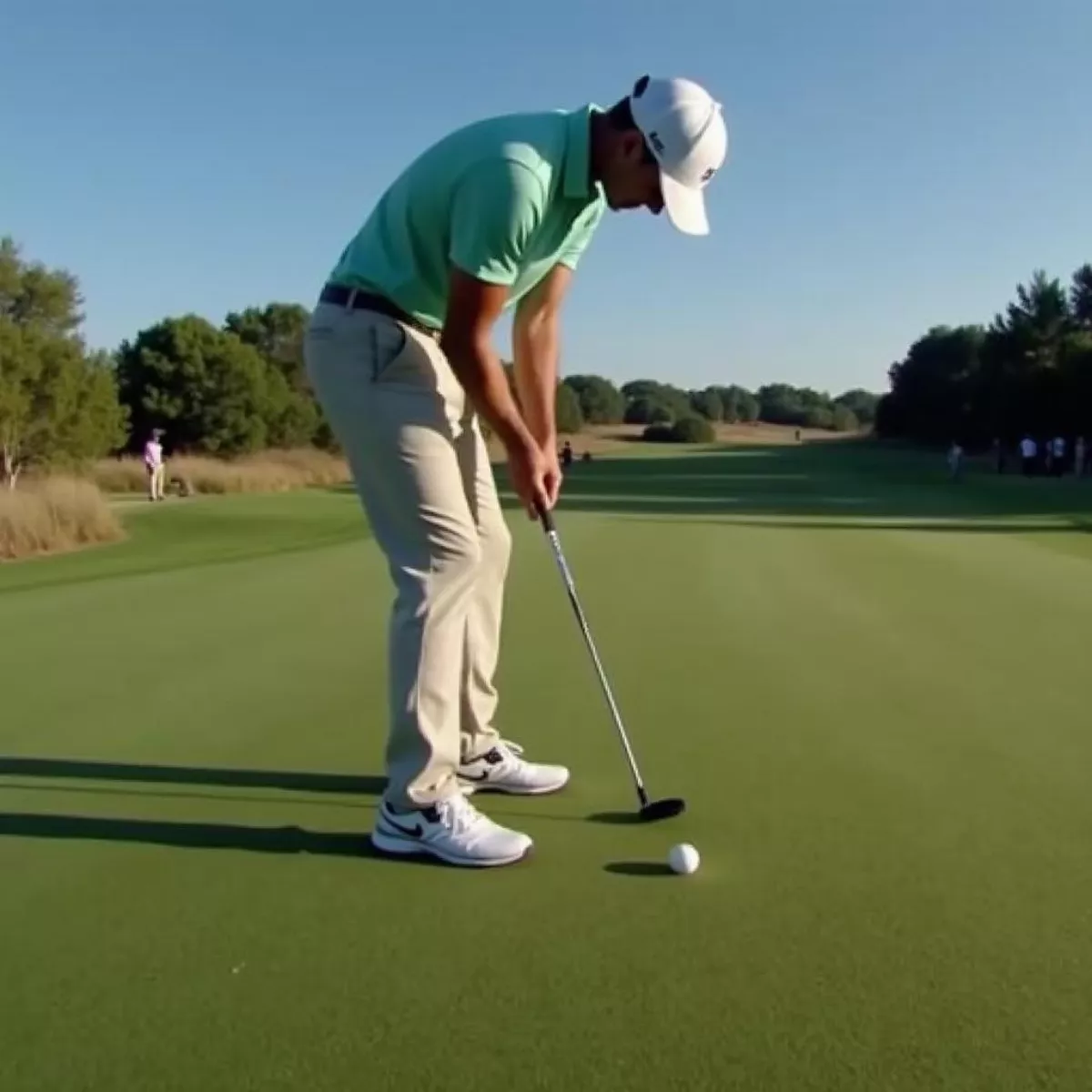
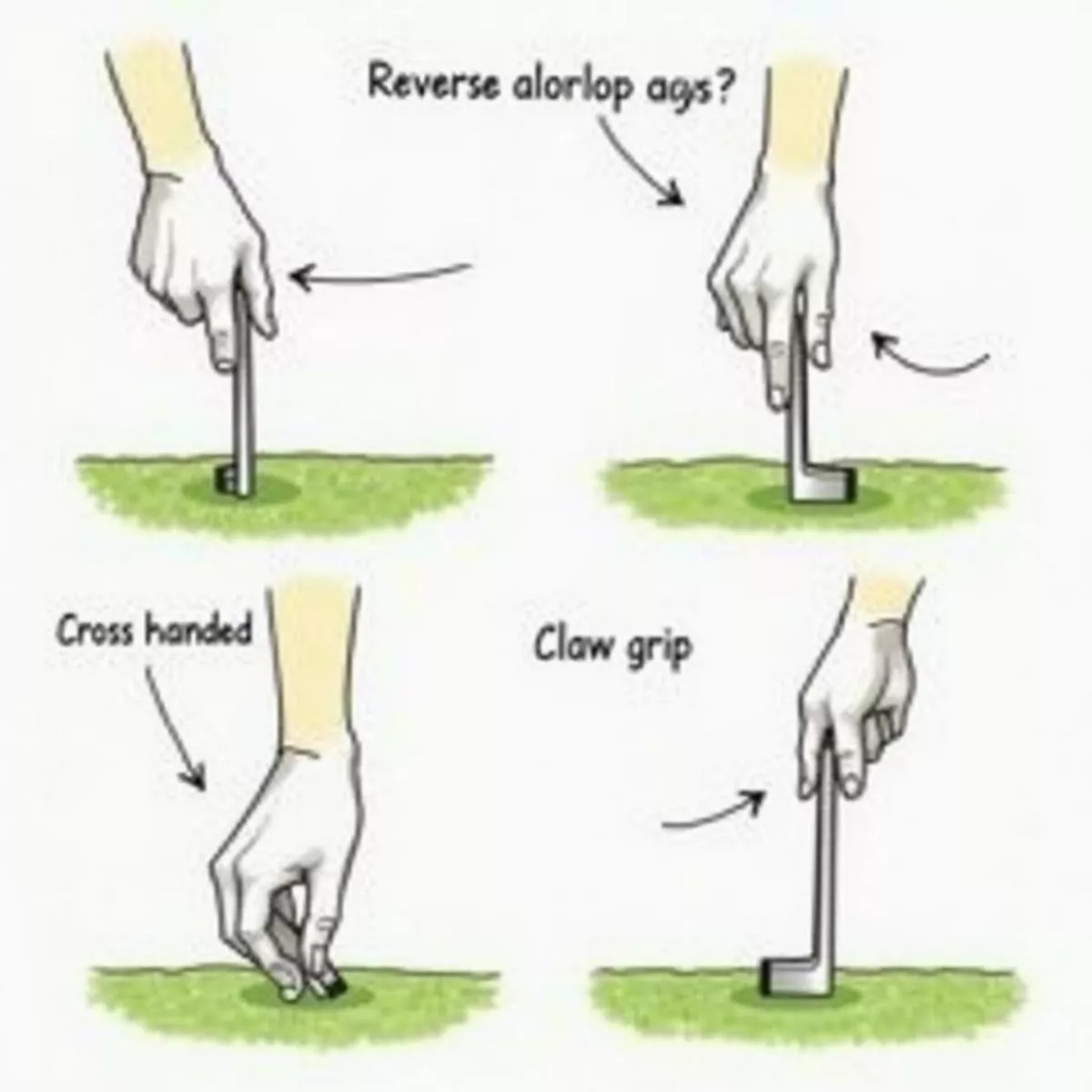 Different golf putting grips
Different golf putting grips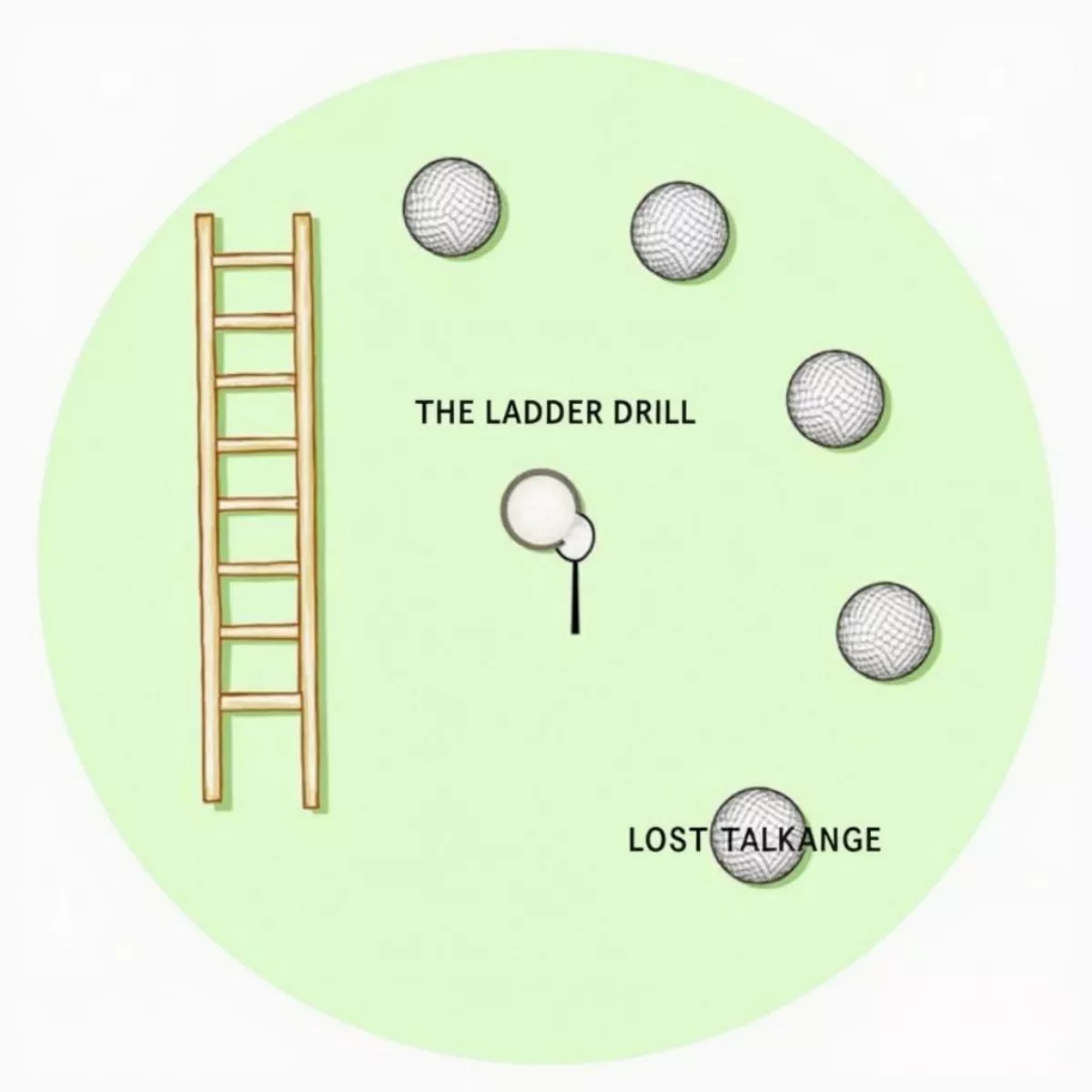 Golf putting drills illustration
Golf putting drills illustration Golfer reading green
Golfer reading green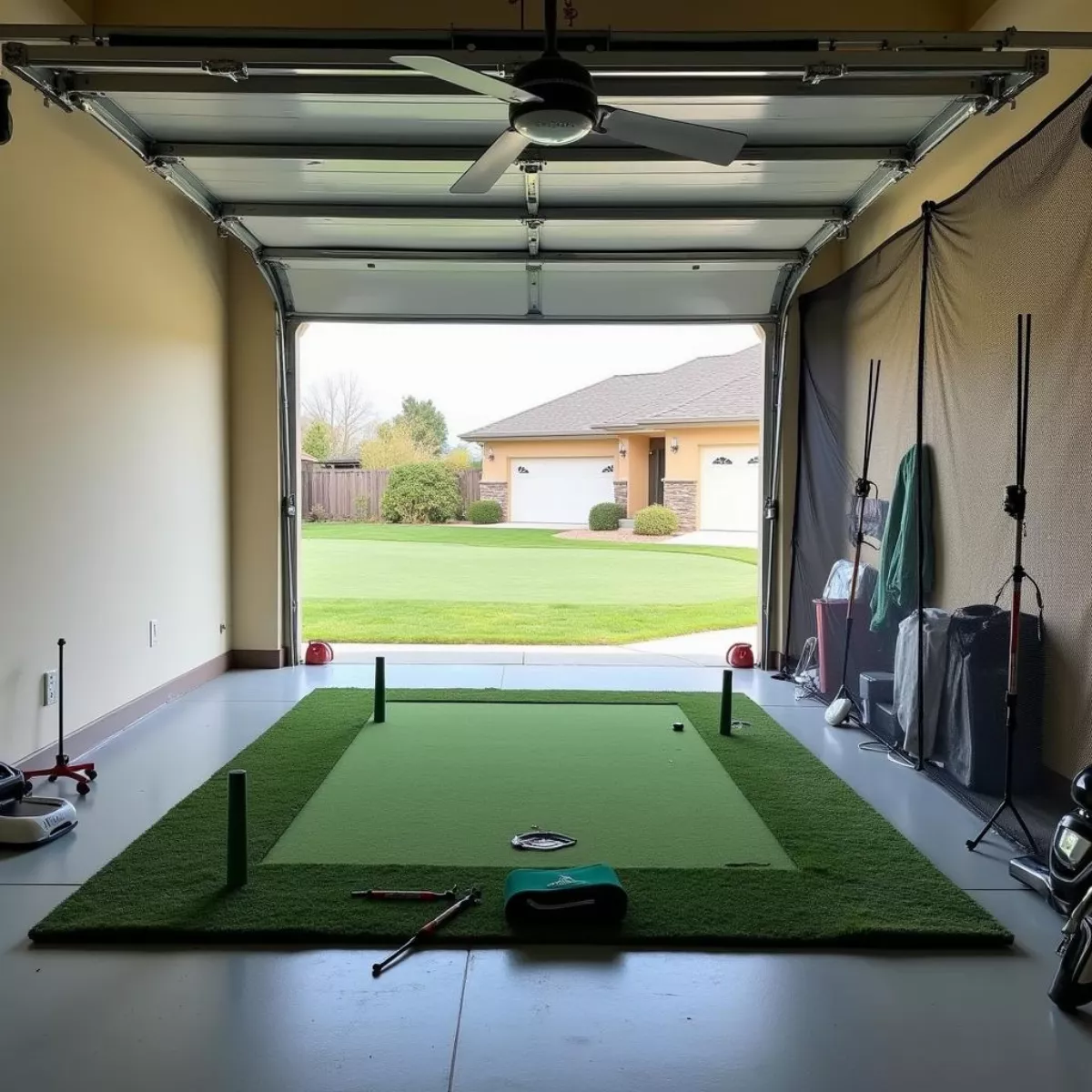
 Golfer Performing Towel Drill
Golfer Performing Towel Drill Golfer Doing Yoga Stretches
Golfer Doing Yoga Stretches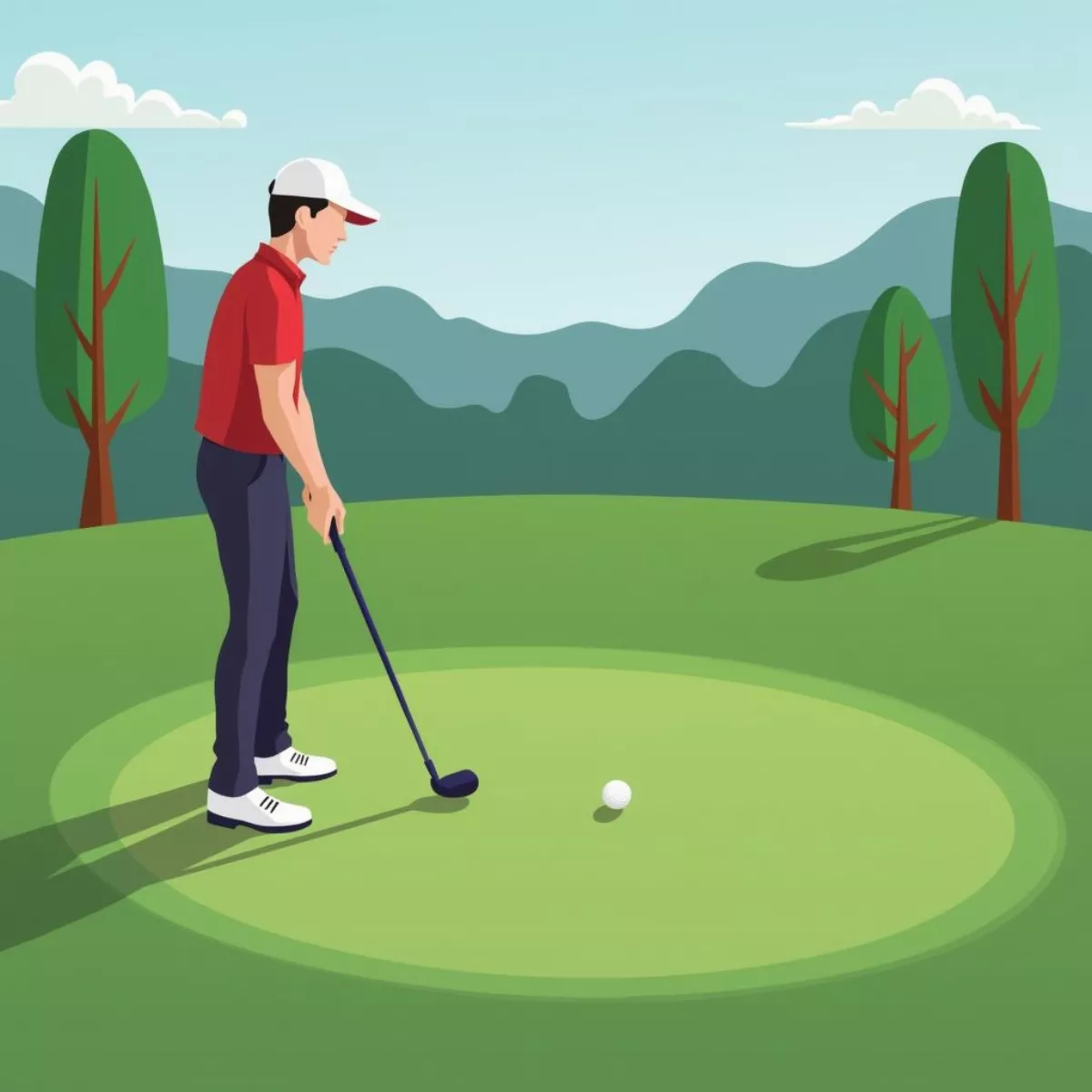 Golfer Visualizing Shot
Golfer Visualizing Shot
 Golfer reviewing swing mechanics
Golfer reviewing swing mechanics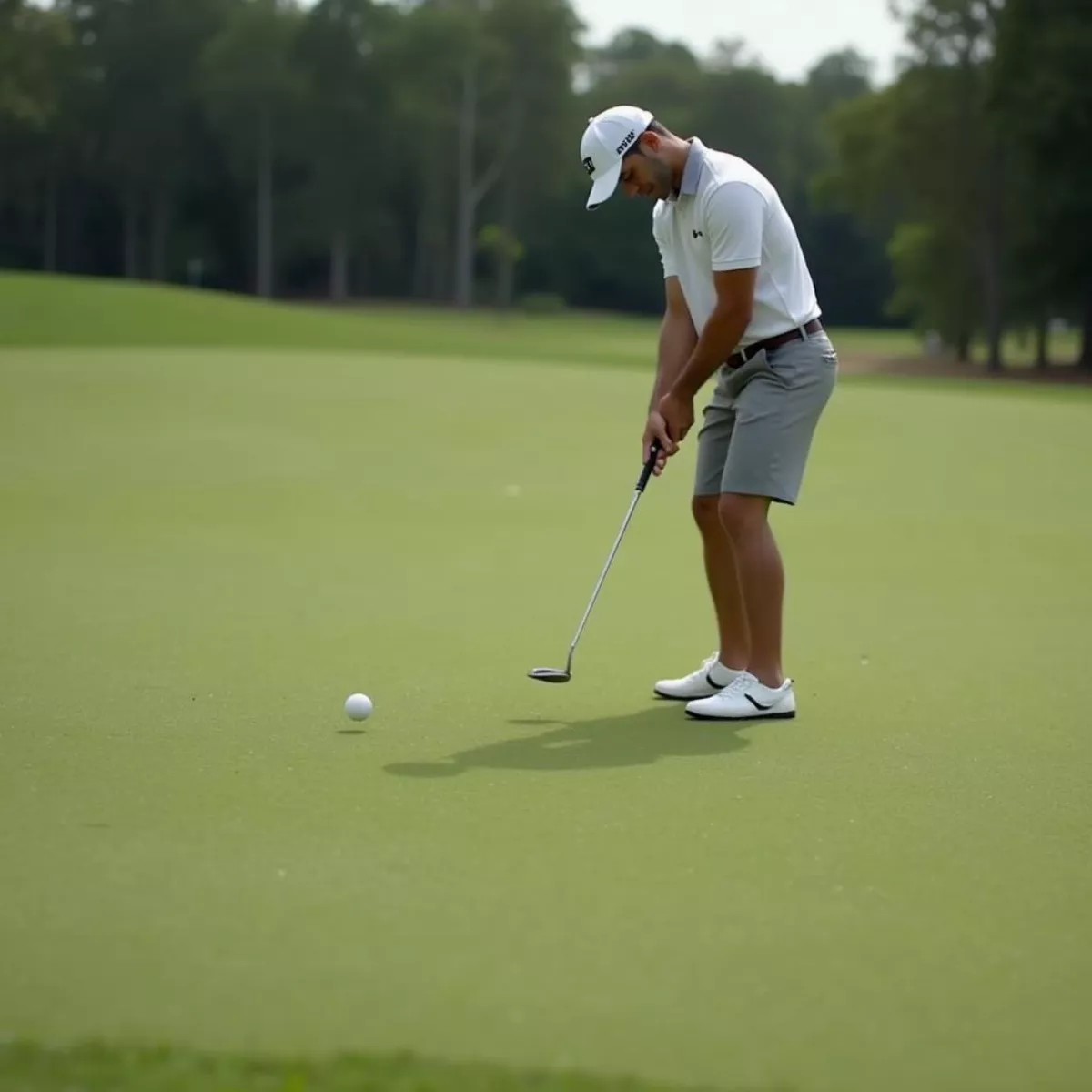 Golfer executing a chip shot
Golfer executing a chip shot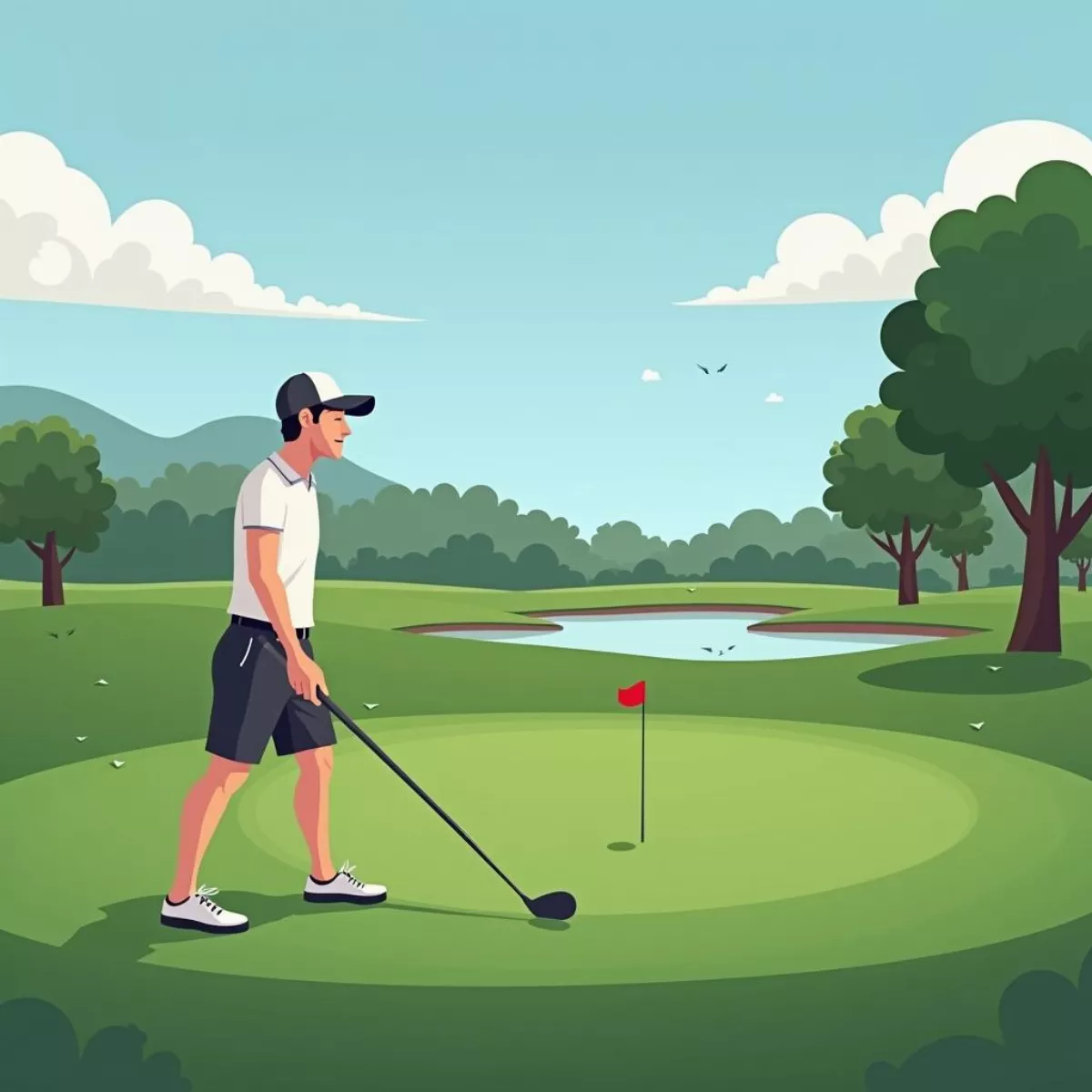 Golfer visualizing the shot before taking it
Golfer visualizing the shot before taking it Various golf clubs in a golf bag
Various golf clubs in a golf bag Golfers waiting their turn, respecting course etiquette
Golfers waiting their turn, respecting course etiquette
 Local wildlife spotted on the golf course
Local wildlife spotted on the golf course Golfers participating in a tournament
Golfers participating in a tournament
 Classic golf blade irons displayed on a green background
Classic golf blade irons displayed on a green background Golfer practices swing on driving range with iron in hand
Golfer practices swing on driving range with iron in hand
 Techniques for stabilizing hands
Techniques for stabilizing hands Healthy foods promoting hand steadiness
Healthy foods promoting hand steadiness Doctor consulting patient about hand tremors
Doctor consulting patient about hand tremors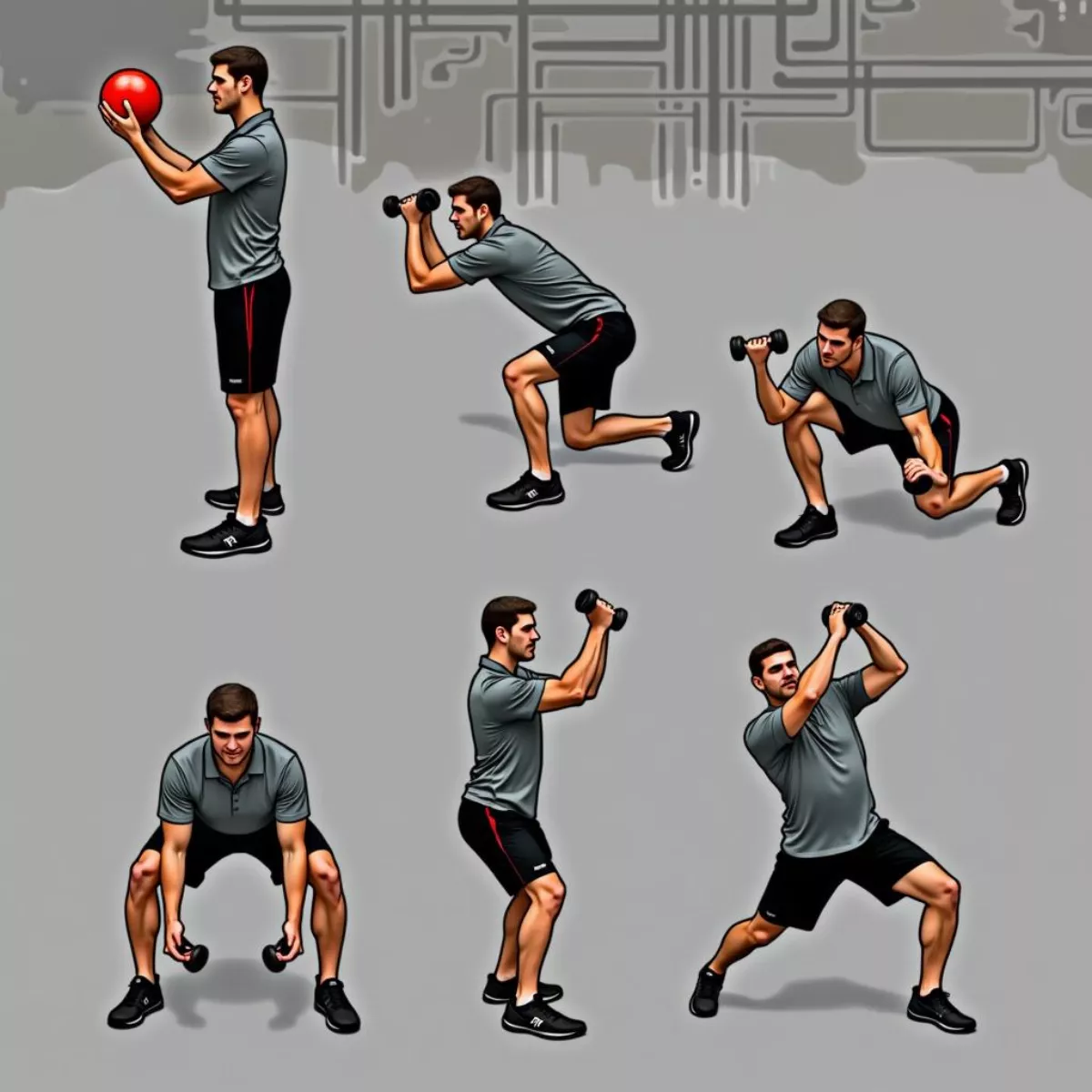
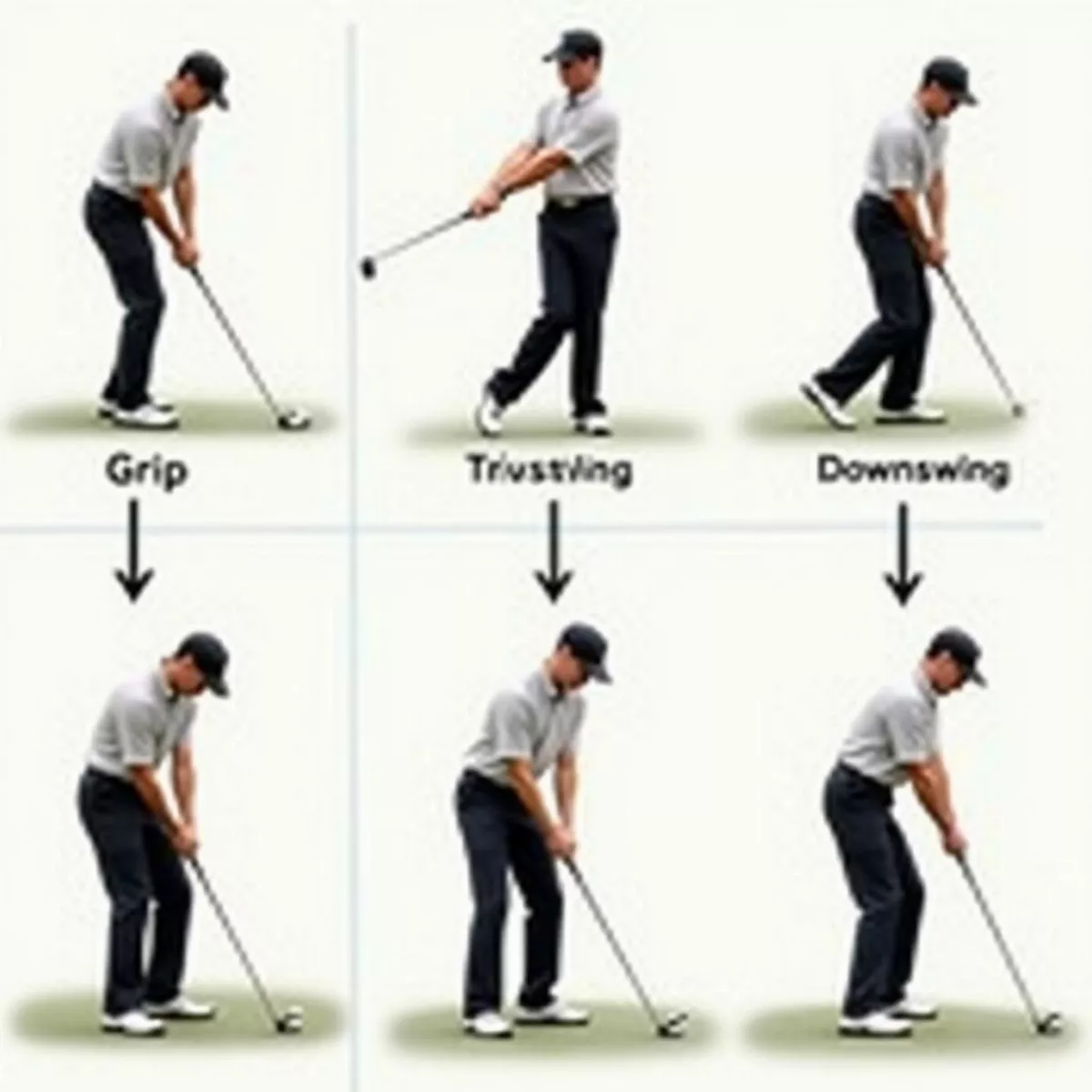 Golfer Demonstrating Proper Swing Mechanics
Golfer Demonstrating Proper Swing Mechanics Golfer Practicing Overspeed Training Drills
Golfer Practicing Overspeed Training Drills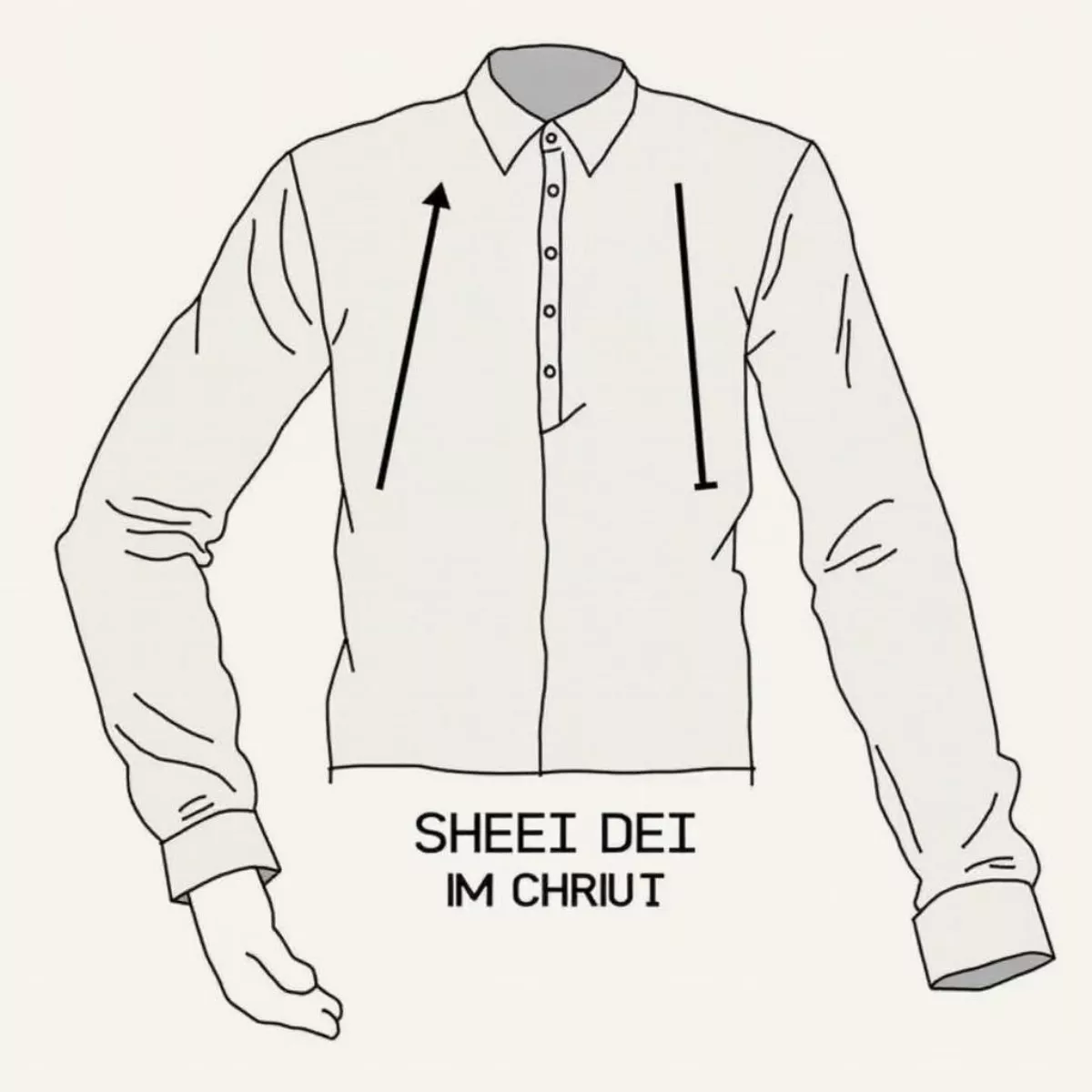
 Rolled Shirt in Packing Cube
Rolled Shirt in Packing Cube Organized Shirt Drawer with Dividers
Organized Shirt Drawer with Dividers